Growing Investment in Biotechnology
The Cell Line Development Market is experiencing a surge in investment, particularly from venture capital and private equity firms. This influx of capital is primarily directed towards research and development initiatives aimed at enhancing cell line technologies. In 2025, the biotechnology sector is projected to reach a valuation of approximately 1.5 trillion USD, indicating a robust growth trajectory. Such financial backing not only accelerates innovation but also facilitates the establishment of new companies specializing in cell line development. As a result, the industry is likely to witness an increase in the availability of advanced cell lines, which are essential for drug discovery and development processes. This trend underscores the importance of financial resources in driving advancements within the Cell Line Development Market.
Rising Demand for Monoclonal Antibodies
The Cell Line Development Market is significantly influenced by the increasing demand for monoclonal antibodies, which are pivotal in therapeutic applications. The market for monoclonal antibodies is expected to exceed 300 billion USD by 2025, reflecting a growing reliance on these biologics for treating various diseases, including cancer and autoimmune disorders. This demand necessitates the development of efficient and reliable cell lines that can produce high yields of monoclonal antibodies. Consequently, companies within the Cell Line Development Market are focusing on optimizing cell line development processes to meet this rising demand. The emphasis on quality and efficiency in cell line production is likely to drive innovations and improvements in the industry.
Increased Focus on Regenerative Medicine
The Cell Line Development Market is benefiting from the heightened focus on regenerative medicine, which aims to repair or replace damaged tissues and organs. This field is gaining traction, with the regenerative medicine market expected to surpass 100 billion USD by 2025. The development of cell lines that can differentiate into various cell types is crucial for advancing regenerative therapies. As researchers explore the potential of stem cells and other regenerative approaches, the demand for specialized cell lines is likely to grow. This focus on regenerative medicine not only drives innovation within the Cell Line Development Market but also fosters collaborations between academic institutions and industry players.
Advancements in Gene Editing Technologies
The Cell Line Development Market is poised for transformation due to advancements in gene editing technologies, such as CRISPR-Cas9. These technologies enable precise modifications of cell lines, enhancing their utility in research and therapeutic applications. The Cell Line Development Market is projected to reach 10 billion USD by 2026, indicating a strong interest in these innovative tools. As researchers increasingly adopt gene editing techniques, the demand for customized cell lines tailored to specific research needs is likely to rise. This trend may lead to a more dynamic and responsive Cell Line Development Market, where the ability to create bespoke cell lines becomes a competitive advantage for companies.
Regulatory Support for Biologics Development
The Cell Line Development Market is experiencing favorable regulatory support, which is crucial for the development of biologics. Regulatory agencies are increasingly streamlining approval processes for cell-based therapies and biologics, thereby encouraging innovation and investment in the sector. In 2025, the biologics market is anticipated to reach 500 billion USD, driven by the need for effective treatments for chronic diseases. This supportive regulatory environment is likely to enhance the efficiency of cell line development processes, enabling companies to bring their products to market more rapidly. As a result, the Cell Line Development Market is expected to thrive, benefiting from both regulatory advancements and the growing demand for biologics.
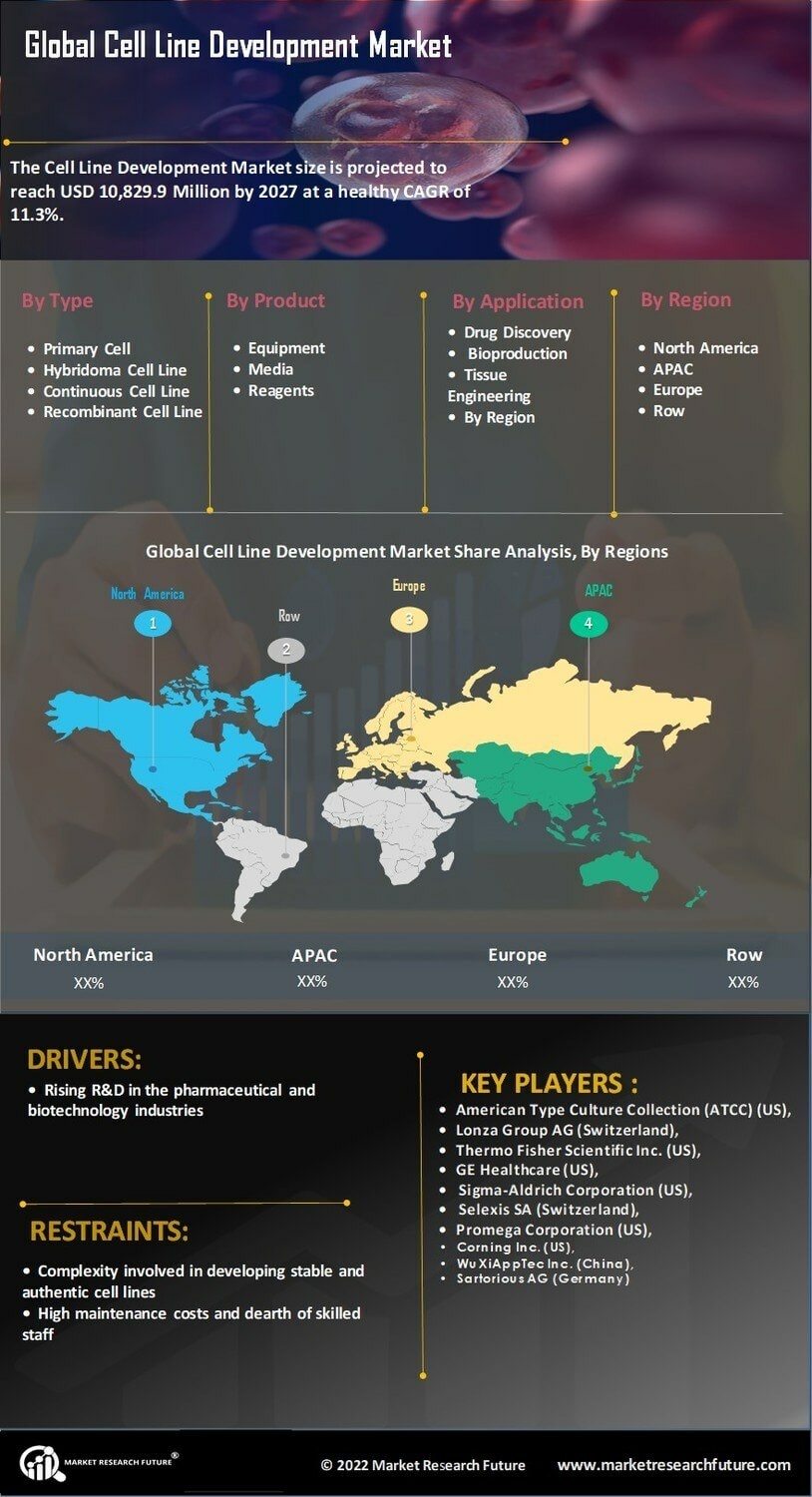

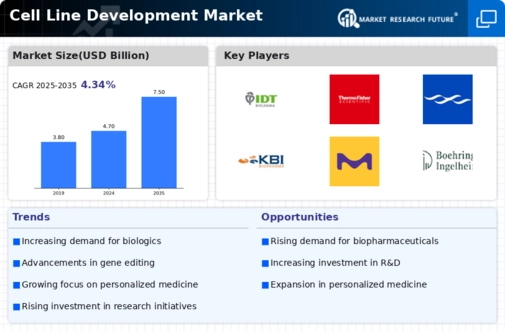
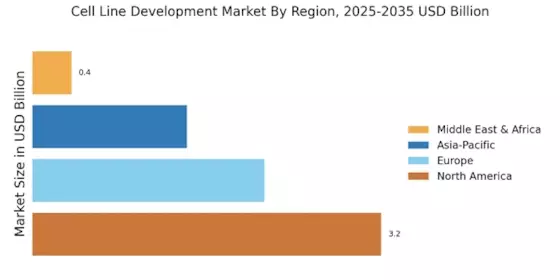
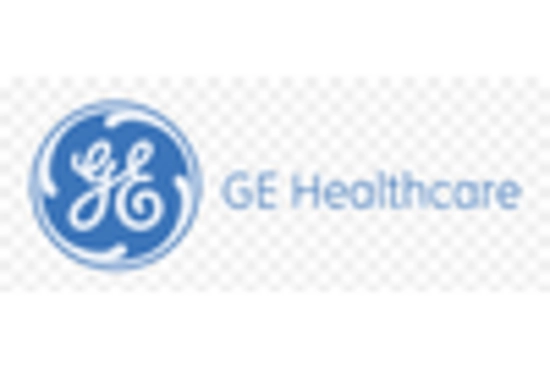
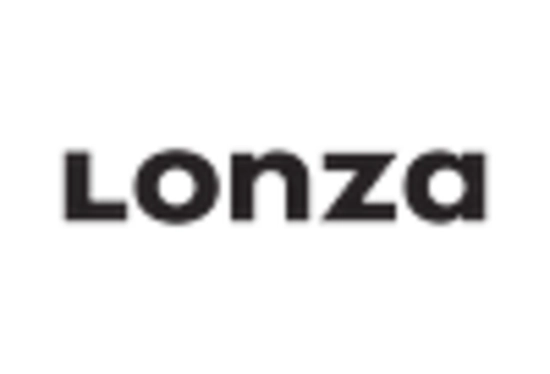
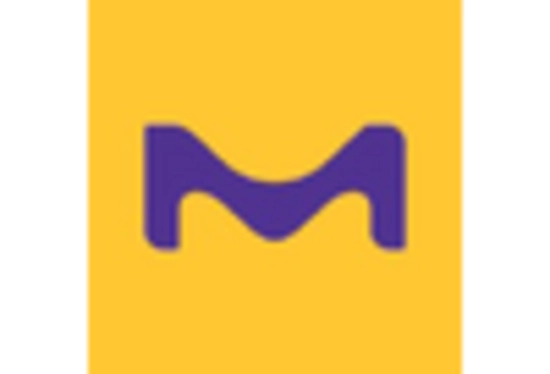











Leave a Comment